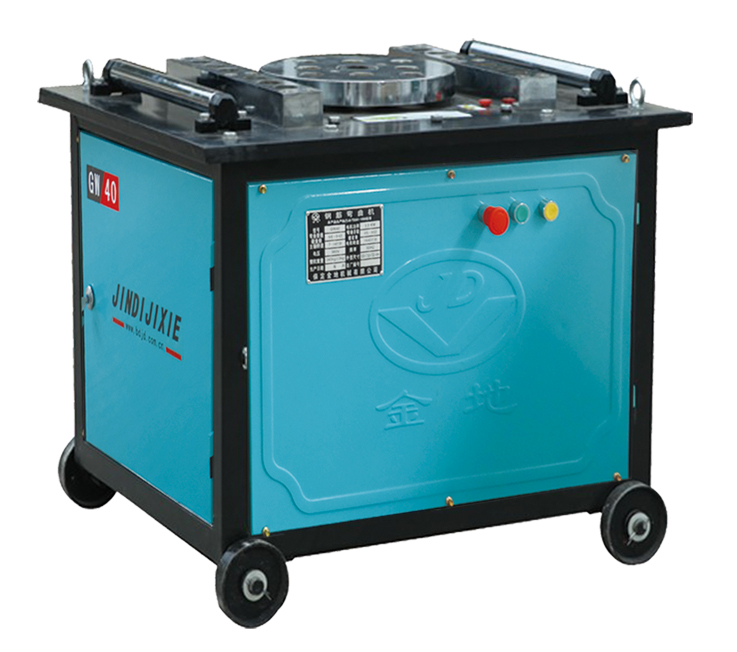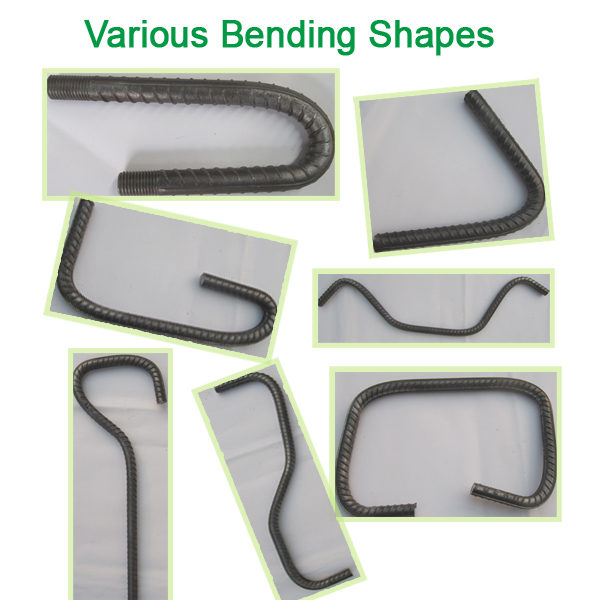In the design of aircraft riveting structure, the connection area is not only the fatigue life design, but also the important content of static strength design. This is mainly because the connection zone is often one of the main parts of structural damage, especially in some important connection areas, the fasteners are damaged, which may endanger the safety of the aircraft. Therefore, in the aircraft design, the structural analysis engineer pays more attention to the strength of the riveting area. In addition to using the test method or engineering method to estimate the strength of the joint area, the detailed finite element analysis technique is used to obtain the detailed stress distribution of the joint area to ensure the tight connection area. The firmware does not fail and the aircraft is safe to operate.
The finite element method is used to analyze the structural joint zone. Since the fastener stiffness is not only related to its own geometry and material, but also to the substrate and strip material to which it is attached, the fastener stiffness is an elusive amount. In the past, the modeling of fasteners often used beam element or spring element to simulate. Because the rigidity cannot be accurately given, especially the fastener and fastener hole extrusion and friction cannot be considered, the analysis result is often distorted. As a result, the strength of the fastener is insufficient or the margin is too large, so the sub-model technique has to be used to perform detailed stress analysis on the fastener to obtain the fastener failure load.
Regarding the study of fastener stiffness, three analytical calculation methods have been developed. Tate and Tang Zhaotian respectively used the theory of material mechanics and elastic mechanics to give the analytical expression of the stiffness of the elastic section of the fastener. 0; Xue Jingchuan used the test method to give the stiffness curve of various types of fasteners 3; Wu Cunli adopted the three-dimensional detail finite element model. The stiffness curve of the fastener was studied. In the analysis, the elastoplasticity of the material, the friction between the fastener and the nail hole were considered, and compared with the test curve. The calculation and the test agree well.
This paper further discusses the fastener load deformation curve (referred to as P-5 curve) analysis technology, and studies the application of the fastener household-5 curve in finite element modeling analysis using MSC.Nastran commercial software, especially the -5 curve The method of implanting in the software, and comparing the influence of different modeling methods of the fastener on the calculation results, providing a set of high-precision and new modeling for the fastener modeling of the overall finite element analysis or detailed finite element analysis of the engineering structure. method.
1 The basic concept is a simple fastener connection unit. Under the action of the external load P, the force exerted on the plate A is transmitted to the plate B through the fastener, and the force of the fastener is equal to the deformation of the two plates when p is loaded, and at the same time The fasteners are deformed by bending, shearing and squeezing, and the nail holes are deformed by extrusion. In the structural stress analysis, the fastener itself except the deformation of the plate and the comprehensive deformation of the hole are collectively referred to as fastener deformation, and the curve of the deformation with the external load is called a P-5 curve. The fastener stiffness is defined as the degree of association of the grades. The results are shown in Table 2.
Table 2 Airport Service Quality Evaluation Grade Results (Secondary Correlation Degree) Index Reliability Responsive Security Empathy Tangible Airport Service Quality Level 3.3 Evaluation Level Results and Analysis Based on the calculated airport service quality level According to the calculations of equations (10) and (11), the grades and characteristic values ​​can be obtained. The results are shown in Table 2. It can be seen that the overall service level of the airport is n level, wherein the responsiveness index and reliability index are w and m respectively, which are the traditional defects of airport service, airport queue waiting problem, airport land side traffic problem, abnormal flight service, baggage error. The rate issue has always been a hot issue for experts and scholars.
Therefore, the focus of improving the service quality of Nanjing Lukou Airport is: to implement the queuing waiting strategy, in addition to increasing the number of check-in counters and security checkpoints, appropriately increase the staff at the end of the queue, grasp the passenger psychology, and develop flexible and targeted services; The construction of the rail transit network is convenient for passengers to travel and improve the convenience of the traffic on the land side of the airport. For the occurrence of abnormal flights, the airport should promptly report the flight information, the emotional comfort of the passengers, and the catering service and abnormal flights in the abnormal flight airport. Airport rest conditions and other aspects to make passengers satisfied; improve various management systems, force baggage stolen, reduce the risk of baggage loss and damage, reduce baggage error rate; introduce a competitive mechanism to break the monopoly of airport shops, macro-control The price of the goods in the airport terminal.
4 Conclusion Using multi-level matter-element model analysis method, establish multi-index and multi-level evaluation model of airport service quality, and carry out scientific and objective comprehensive evaluation of airport service quality level, and realize a comprehensive description of qualitative and quantitative airport service quality. good effect. The use of multi-level matter-element model to analyze the airport service quality evaluation system provides a scientific and effective method for the comprehensive evaluation of airport service quality, and also paves the way for the subsequent research on airport service quality improvement and management.
Non-Cnc Rebar Bending Machine, GW40 and GW50 Rebar Bending Machine belongs to this type of machine.
This model control by manual, and worker press the green / red button to control the bending angle.
1. Simple operation, safe and durable, high quality copper wire motor, guarantee a more stable performance.
2. Fully enclosed gearbox lubrication, worm gear and worm drive, with speed adjustable gear, strong bending strength, not rebound.
3. ultra-high hardened accessories, adjustable baffle which guarantee a longer service life.
4. Machine surface adopts plastic-spray treatment; Accessories like long strips and disc are solid, forged, and chrome plated, so they are beautiful and generous.
5. Specially use thickened steel plate, high rigid disc and bar iron, high power medium speed national standard high quality electronic motor, guarantee a more stable performance.


Cheap Rebar Bending Machine,Used Rebar Bender Bending Machine,Manual Profile Rebar Bending Machine,Automatic Electric Rebar Bending Machine
BAODING JINDI MACHINERY CO., LTD , https://www.rebarconnector.com